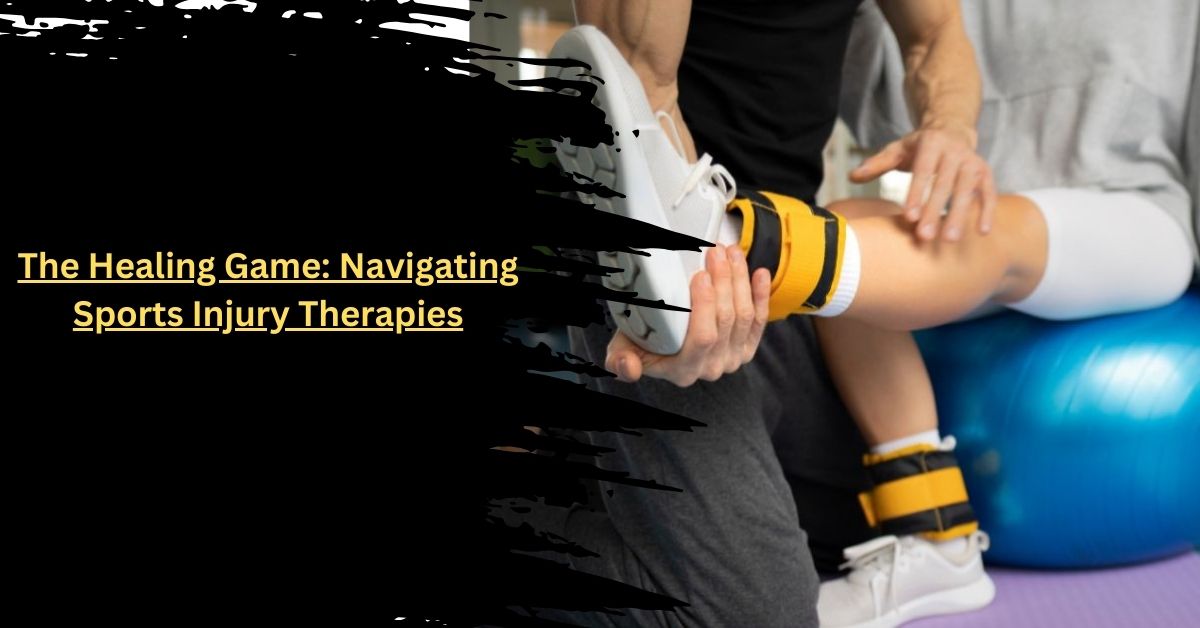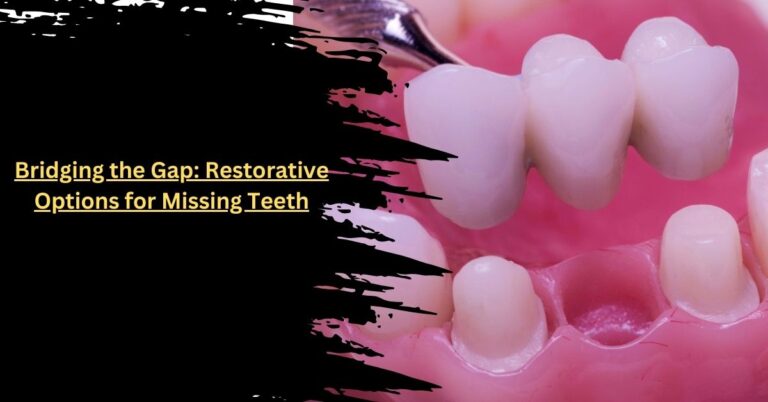The Healing Game: Navigating Sports Injury Therapies
Sports injuries are a common part of physical activities, whether you’re an amateur or a professional athlete. From sprained ankles to torn ligaments, the range of potential injuries is broad, and recovery can be challenging. However, prompt and effective treatment can significantly impact your healing process. This article explores different sports injury therapies and provides tips for selecting the right one.
Introduction to Sports Injuries
Sports injuries occur when an athlete’s body is pushed beyond its limits or subjected to sudden, unexpected forces. Common injuries include:
Sprains and Strains: Overstretching or tearing of ligaments and muscles.
Fractures: Breaks or cracks in bones, often due to high-impact collisions.
Tendinitis: Inflammation of tendons caused by repetitive use.
Ligament Tears: Severe injuries often requiring surgical intervention, such as ACL tears in the knee.
The immediate goal following any sports injury is to alleviate pain and reduce inflammation. However, the importance of a comprehensive treatment plan cannot be overstated. Effective, timely therapy not only speeds up recovery but also prevents future injuries.
The Importance of Timely and Effective Treatment
Immediate and appropriate treatment is crucial for several reasons:
Pain Management: Prompt treatment helps alleviate pain and discomfort.
Inflammation Control: Reducing inflammation early on can prevent further damage.
Restoration of Function: Effective therapy ensures that the injured area regains its full range of motion.
Prevention of Re-Injury: Strengthening the injured part reduces the risk of future injuries.
Psychological Well-being: Timely treatment can alleviate the mental stress associated with sports injuries, helping athletes maintain a positive mindset.
Various Sports Injury Therapies
Physical Therapy
Physical therapy is often the cornerstone of sports injury rehabilitation. It involves tailored exercises and treatments designed to restore strength, flexibility, and range of motion. Physical therapists also use modalities like ultrasound and heat/cold therapy to reduce pain and inflammation.
Chiropractic Care
Chiropractic care focuses on the alignment of the musculoskeletal system. Best chiropractors, like those in Lehi, use spinal adjustments and manipulations to alleviate pain, improve mobility, and enhance the body’s natural healing processes. This type of therapy is particularly effective for injuries involving the back, neck, and joints.
Massage Therapy
Massage therapy can be highly effective in reducing muscle tension, improving circulation, and promoting relaxation. It is particularly beneficial for soft tissue injuries, helping to accelerate the healing process and manage pain.
Hydrotherapy
Hydrotherapy involves the use of water for therapeutic purposes. The buoyancy of water reduces stress on the injured area, making it easier to perform movements and exercises without the risk of further injury. Hydrotherapy is especially useful for joint injuries and post-surgical rehabilitation.
Electrical Stimulation
Electrical stimulation uses electrical currents to stimulate muscle contractions. This technique helps maintain muscle strength during periods of immobilization and can also aid in pain relief. It is commonly used in conjunction with other therapies to enhance overall recovery.
Tips for Choosing the Right Therapy
Choosing the right therapy for a sports injury can be challenging. Here are some tips to help you make an informed decision:
Consult a Healthcare Professional: Always consult with a healthcare professional to get an accurate diagnosis and treatment plan tailored to your specific needs.
Consider the Nature of the Injury: Different injuries require different treatments. For example, a torn ligament might benefit more from physical therapy and chiropractic care, while tendinitis could be better managed with massage therapy and electrical stimulation.
Evaluate the Severity: The severity of the injury will also dictate the type of therapy required. Severe injuries may need a combination of therapies for effective treatment.
Check Credentials: Ensure that the therapists and healthcare providers you consult are certified and have experience in treating sports injuries.
Listen to Your Body: Pay attention to how your body responds to the treatment. If a particular therapy isn’t providing relief or is causing more pain, consult your healthcare provider to adjust your treatment plan.
Consider a Multidisciplinary Approach: Often, a combination of therapies can provide the best results. A multidisciplinary approach ensures comprehensive care, addressing all aspects of the injury.
Conclusion
Navigating sports injury therapies can be complex, but understanding the various options available and their benefits can help you make informed decisions. Timely and effective treatment is crucial for a swift recovery and prevention of future injuries. By consulting with healthcare professionals and considering a multidisciplinary approach, athletes can return to their peak performance levels with confidence.




